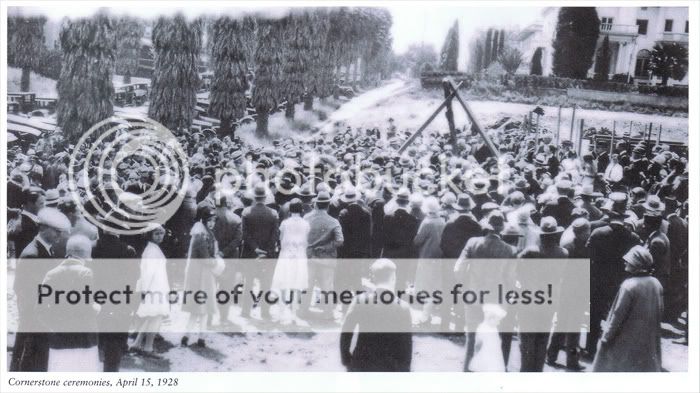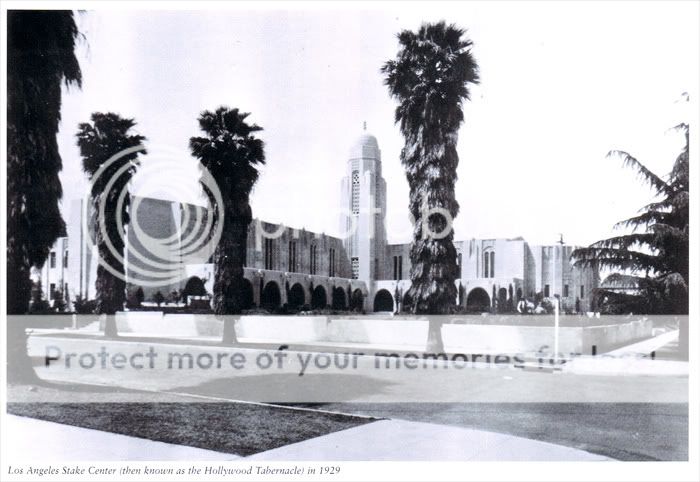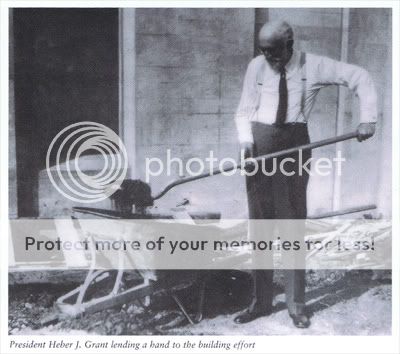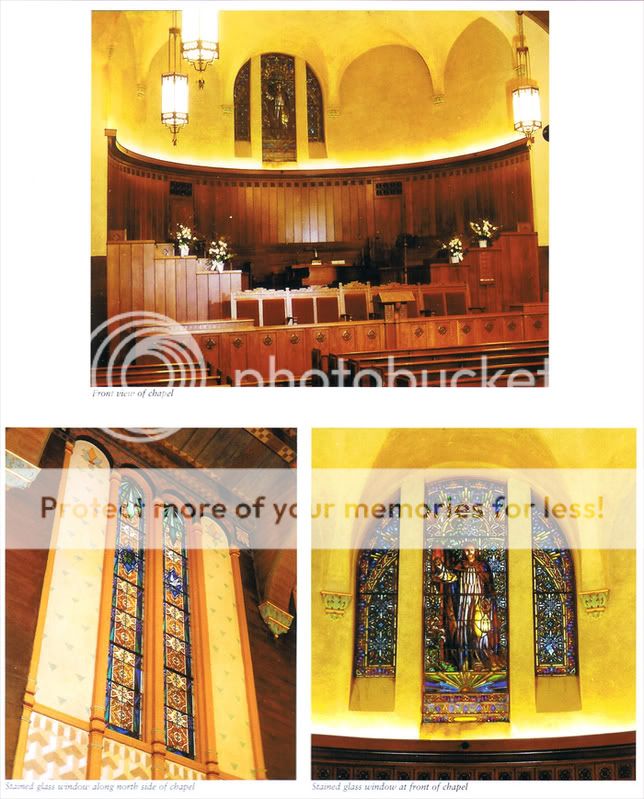The purpose of this cache is to introduce geocachers to this City
of Los Angeles Historic-Cultural Monument #531. This site is a
meetinghouse for the Church of Jesus Christ of Latter-Day
Saints.
The following information is comes from "The Los Angeles Stake
Center, Rededication" paperback book, June 8, 2003. Copies can be
obtained for free from Church officials in the building, which is
open to visitors on Sundays and when the building is open during
the week.
The Newly restored Los Angeles stake center, listed as a City of
Los Angeles Historic-Cultural Monument, is as unique among Los
Angeles churches today as it was when it was built over 70 years
ago.

Harold W. Burton (d.1969), architect of hundreds of buildings
for the Church, including Hawaii and Alberta, Canada temples,
designed the Hollywood Tabernacle, as it was then known, to hold a
place of prominence in Los Angeles. It was a way to show that
"Latter-Day Saints were serious in their beliefs and committed to
the community."
Its unusual design--art deco with distinctive Spanish
themes--was purposely designed by Burton without the architectural
designs common to the era so as to avoid dating the building.
Burton's original design left the exterior color in the grey
concrete of its construction, including the eight-story high tower;
its gleaming white paint was added later. Some 86, 400 cubic feet
of monolithic concrete--a new material at the time--were used in
the building's construction, enough to make a four-foot sidewalk 13
miles long.

The interior is unusually ornate for a Latter-Day Saint chapel
and includes stained glass windows, a pipe organ, solid mahogany
pews and hand-stenciled timbers. At 32,000 square feet the church
is larger than even today's average Latter-Day Saint chapel.
The chapel was originally dedicated on 28 April 1929 by Church
President Heber J. Grant. At $250,000, it was the most expensive
building the Church had undertaken, aside from its temples. Much of
the money and labor of construction was provided by local
members.

As the community of Los Angeles grew, the chapel housed several
congregations including a deaf congregation and several Spanish and
Korean congregations. In the 1950's an exterior annex was added to
the north chapel grounds. More classrooms were also added, but
cleverly disguised behind the wooden paneling that runs the length
of the cultural hall.
After almost 50 years of use the building was in need of repair,
but cost would be high. The Church considered selling the property
due to the high cost of refurbishment, but decided instead to
restore the building and have it continue to serve the inner city
and west side Los Angeles communities.
The first chapel restoration was in the late 70's. Despite that
and other interim efforts, the building entered the 90's with much
of its original plumbing, heating and electrical systems still in
place. The problems and risks generated by these outdated systems
prompted the restoration project that began in 1997.
Again, the Church felt that the seven million dollar cost of
renovation was worth the continued service and presence in the
community, and not just in the physical sense.

Click
here for a list of all City of Los Angeles Historical-Cultural
Monuments
A note about the cache: It's easy, but on Sundays the difficulty
factor jumps up a notch due to the church-going muggle factor.
However, a keen geosense and some crafty thinking will have this
hide in your hand regardless the day.